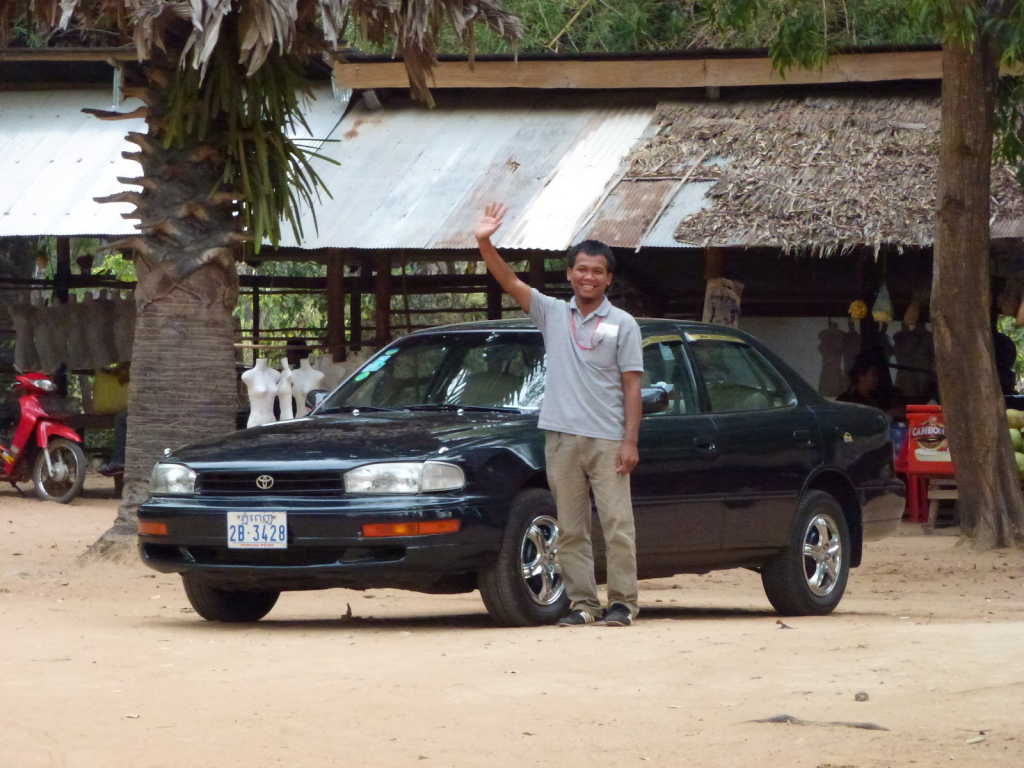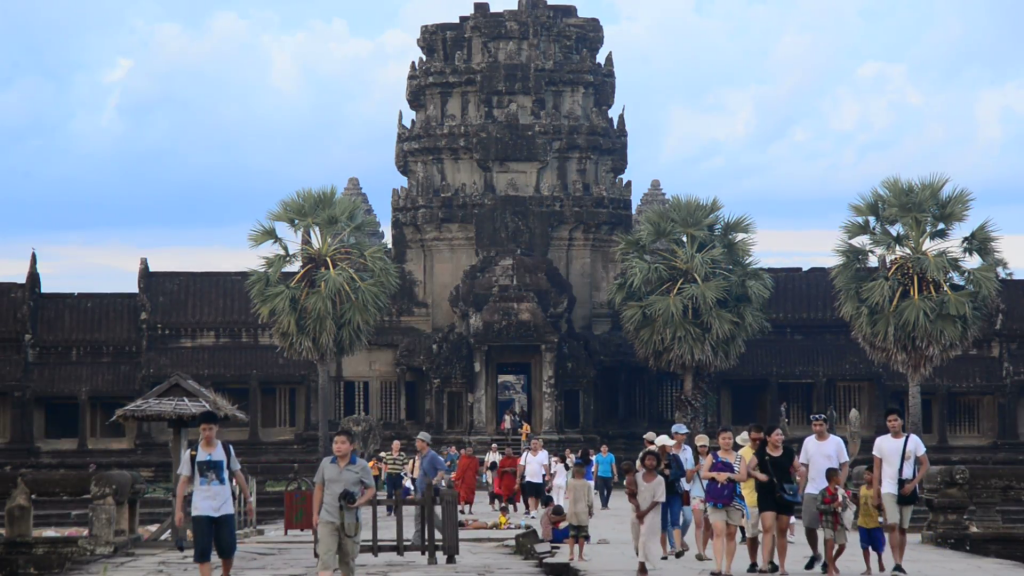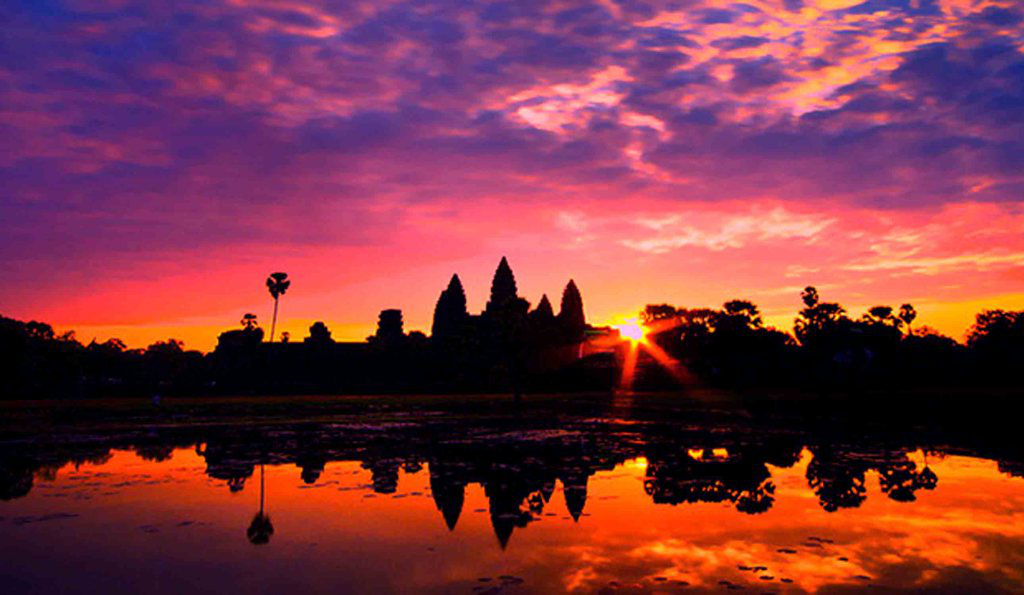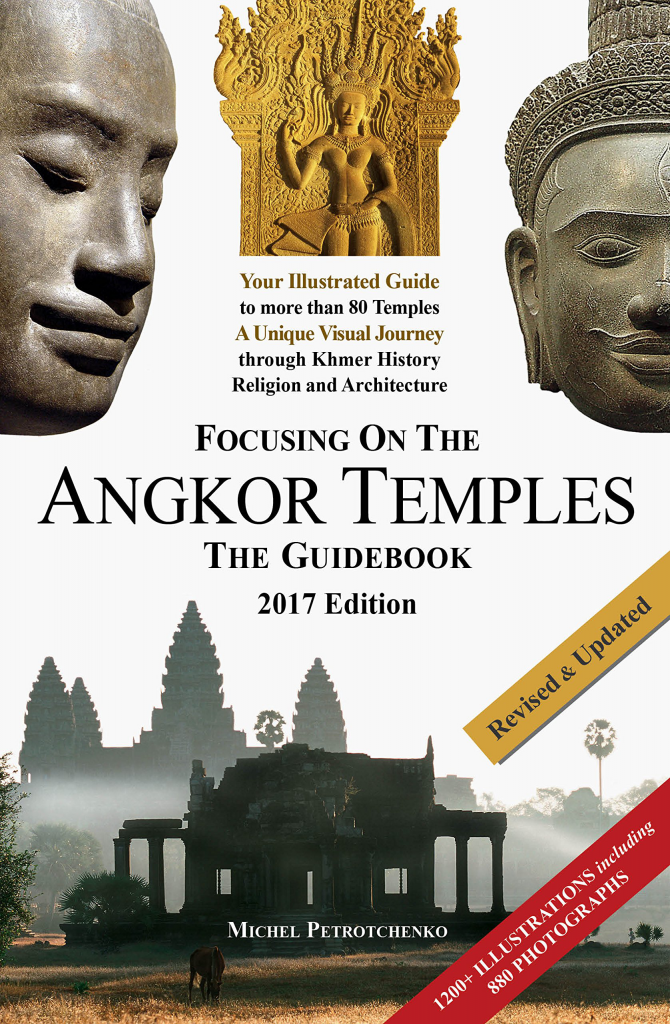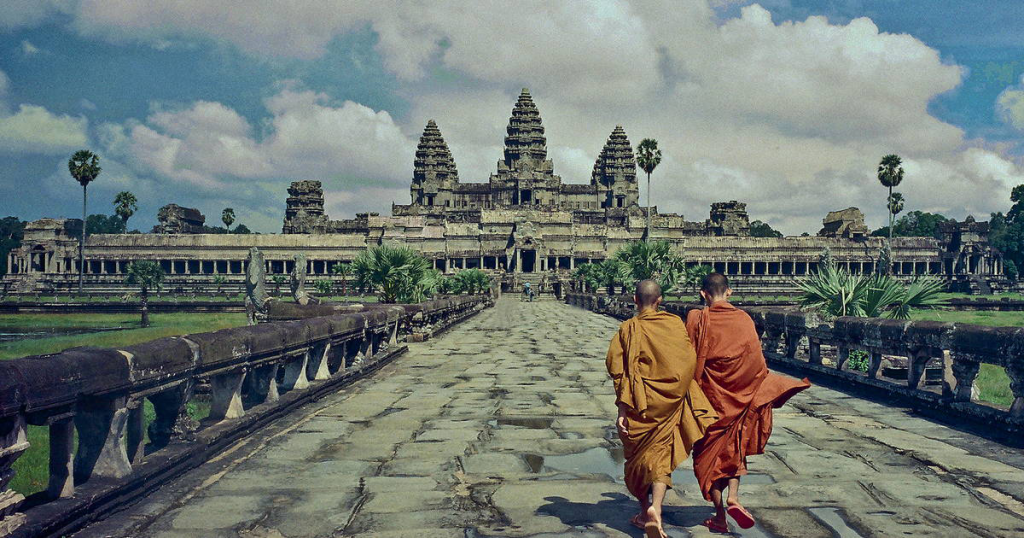
General knowledge about Angkor Wat
Stretching over some 400 square kilometres, including forested area, Angkor Archaeological Park contains the magnificent remains of several capitals of the Khmer Empire of the 9th to the 15th centuries, including the largest pre-industrial city in the world. The most famous are the Temple of Angkor Wat and, at Angkor Thom, the Bayon Temple with its countless sculptural decorations .
Angkor Archaeological Park was declared a UNESCO World Heritage site in 1992. At the same time, it was also placed on the List of World Heritage in Danger due to looting, a declining water table, and unsustainable tourism. UNESCO has now set up a wide-ranging programme to safeguard this symbolic site and its surroundings.
How to get around?
Angkor is located about 20 minutes to the north, by car or motorbike, from central Siem Reap.
– Tour buses feature guided, air-conditioned comfort but also are subject to large crowds and lack of options. Be sure you know which temples are being visited as some of the larger buses only go to the 2 or 3 main tourist attractions, and leave out important “secondary” sights. The cost is about USD25-70/day including driver and guide.
– Cars with drivers can be hired for single or multiple days. While all drivers are familiar with the area and happy to suggest good routes, most speak little English and are not tour guides. For a licensed tour guide, the charge varies from US$45 per day to USD$50 for a driver and English speaking guide. It is customary for the drivers to ask for USD$5-$10 extra for trips to further temples such as the those of the Big Circuit, Banteay Srey and more for remote sites like Beng Mealea.
Taxis booked from the airport booth to central Siem Reap charged a fixed price of USD$7 and included fliers advertising cars and drivers for Angkor Wat at USD$30/day.
– Motorbikes (with drivers) can be arranged through any guesthouse for about USD$6-$8/day. Again, drivers might ask for more to visit remote ruins. Some drivers can speak a bit of English, and can give you information about Angkor and Cambodian life. Drivers are required to be licensed and must wear their grey numbered vest while travelling within the confines of the Angkor park. Motorbikes can be rented by foreigners (cost: USD$10-$15 / day). It is recommended to carry a map with you in case of renting a motorbike.
– Tuk tuks can be arranged through guesthouses, offering space for one or two travelers. Figure on USD$12 for the main Angkor temples, and more for outlying temples. Like the motorbike drivers, they must be licensed, may speak some English, and must wear grey numbered vests while travelling within the park. Add USD$3 extra fee if you would like to see the sunrise at Angkor Wat. Extra fee is for the tuk tuk driver to start the tour at 05:00 instead of 08:00.
It is strongly advised to use a tuk tuk recommended by the hotel, otherwise you can be scammed badly.
– Bicycles are a very convenient option to visit Angkor Wat and Angkor Thom, the little circuit or even the big circuit – depending on time you have and how big fan of Khmer temples you are. Renting a bike in Siem Reap is easy and cheap (USD$1 per day, in most of places you don’t even have to leave passport, locks for bikes are provided, check the bike before and ask for some amendments if needed, eg, pumping air, oiling the chain). It is about 6km from the city to Angkor Wat (if you go first time, make sure you go by the Visitors Centre which is the only place where you can buy passes). In the little circuit most places are at most 15 minutes away from each other by bike, so it is actually not a problem for a regular tourist (without much biking experience) to visit Angkor Wat, Angkor Thom and spots on the little circuit in one day.
What are real tips when visiting Angkor Wat?
– Be ready to walk
There were no elevators in the 12th century, and there certainly are none there now. The full experience requires a good deal of walking and stair climbing. Don’t whine — this is one of the most incredible experiences anywhere in the world. Going a bit deeper might just put you beyond the reaches of that busload of tourists that just pulled up and make the experience that much more memorable. You’ll encounter staircases, long paths to enter and exit temples, plus all of the walking around inside each one.
Additionally, many of the popular temples are far apart and require driving in between. This often leads to a number of impulse stops to check out other temples on the way, maybe buy a refreshment or hit the restroom. Be ready for a full day.
– Make sure you start early, and pack for multiple days of adventure.
Literally you could spend a month exploring Angkor and still not feel like you’ve seen it all. At about 400 square kilometers, Angkor is impossible to experience in one day. Tickets are available in 1-day, 3-day, and 7-day options, and I encourage you to spend at least three days there.
Arriving early morning puts you ahead of the crowds and offers an opportunity to snap photos without having to spend five minutes figuring out how to frame out that line of tourists causing a traffic jam on the staircase. It also makes it much easier to plot out what you want to see over the course of your visit, as you’ll get a feel for how spread out the temples are and which ones are must-dos and which ones are maybes.
On a side note, you may feel “templed out” afterward. If other temple sites are part of your Southeast Asia travel plans, it’s best to space them out a bit (unless you’re a fanatic, in which case the 7-day pass is right up your alley).
– Skip sunrise at the main temple
I know.. It’s beautiful but For real. It’s crowded! While breathtakingly beautiful, it’s hardly the only perfect sunrise spot in the complex. We shared our desire to view the sunrise at Angkor Wat with our driver, and he insisted that we instead take a twenty-minute hike up a path he knew about to an often-overlooked temple. We nearly had the place to ourselves, and it ended up being the most memorable sunrise experience of my life.
– Bringing your own food and water
The temples are removed from central Siem Reap. It’s possible to buy food and water from local vendors on site, but much easier to bring your own.
-Bring a guidebook, even if traveling with a guide.
There’s simply so much knowledge to take in that it’s overwhelming without having a reference at your fingertips. Each temple has a story.
There are plenty of hawkers selling guidebooks onsite if you forget to plan ahead. Just be ready for a long chat if you’re feeling indecisive, as they aren’t keen on taking “no” for an answer.
– Best time to go
It is possible to visit Angkor Wat at any time of year, but peak season is from November to February, when the weather is dry and cooler, although it’s still hot for most. The best time of day is sunrise when it is cooler but crowded, or lunchtime when most of the tour groups are in town.
—Lucy Le


